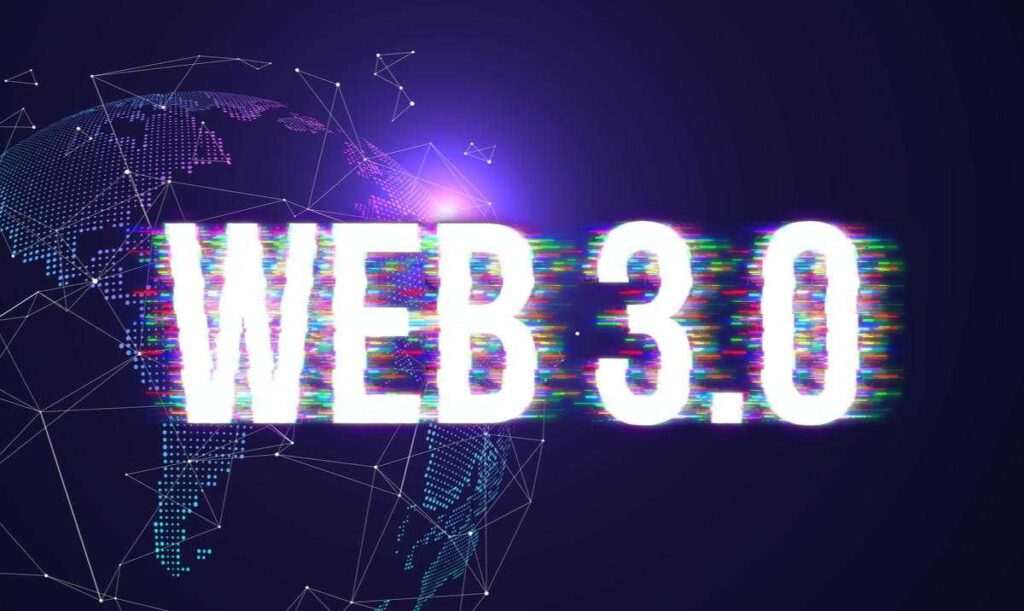Last Updated on March 16, 2024 by Ali Hamza
Enter the twenty-first century! The Internet has transformed at an astonishing rate, from Tim Berners Lee’s invention of the World Wide Web to Web3: The Ultimate Vision, and now, the concept of Web5, the central emphasis of the web, is changing to data security and privacy.

Web3.0 is booming with blockchain startups dabbling with the concept of a decentralized internet as former Twitter CEO Jack Dorsey took Web3.0 ideas to the next level by developing Web5.
Web5.0
While Web3.0 is still a concept that may take some years to become a reality, Dorsey already has a fresh advanced plan called Web5. Web5’s objective is to develop utilities on Bitcoin that will not only offer people authority over their information but will also allow them to govern all of their online interactions.
According to Jack Dorsey, Web5 is a hybrid of Web2 and Web3, and it would be based on the Bitcoin blockchain, which was created by Dorsey’s Block.io (formerly Square). The platform seeks to enable decentralized identity and data storage for apps.
“It enables developers to focus on creating engaging user experiences while recovering consumers’ data and identity management.”
“This will very likely be our most significant contribution to the Internet.” I’m proud of my squad. (“Rest easy, Web3 Investors),” Dorsey remarked in a tweet. The primary issue with the Internet, according to TBD, is the lack of an “identification” layer.
“In the existing Web, identity and personal information have become the asset of third parties,” which is why Web5 will prioritize decentralizing identity, data storage, and apps.
TDB further says that it will establish an additional decentralized Web platform to address this issue.
Despite marketing attempts to the contrary, he feels that Web 3.0 systems are often more centralized in terms of what users perceive.
The tech CEO tweeted that Web3.0 strategies mainly focus on a single degree of failure. He mentioned Solana (SOL) and Ethereum (ETH). A single degree of loss indicates that the entire system will stop operating when it fails.
Twitter’s CEO wants a system built mainly on Bitcoin’s decentralized structure and lacks single points of failure. He feels it is more fit for the ideas advanced by Web3.0 proponents.
Tim Berners-Lee’s vision of Web5.0
Most people first heard of Web5 when headlines reported on Jack Dorsey’s Twitter announcement, yet the concept is not new.
To have an impression, Tim Berners-Lee, the creator of the World Wide Web, spoke at TED Talks in 2009 about Web5: “Open, linked, intelligent Web,” that he termed the Emotional Web.
Read More: – How to Become A Business Owner? The Step-By-Step Guide
The Emotional Web, according to Tim Berners-Lee, would be the Web5. The proper form of Web5.0 is still continuously evolving. From what we can tell, this web, also called the Symbiotic Web, would be an interconnected system that interacts with us. In contrast, we engage with others (like a personal assistant).
Tim Berners-Web5 Lee’s will allow users to engage with material that changes based on their emotions or face recognition. In this perspective, it appears that Jack Dorsey’s “Web5” has nothing to do with Tim Berners-2009 Lee’s vision of the Emotional or Symbiotic Web.
From Web2.0 to Web3.0
Web3 refers to the global web’s next generation, which is intended to surpass Web2.0, which would be more centralized and focused on user-generated content. Web3 is a decentralized network that challenges the dominance of digital behemoths by transferring power and data from big tech businesses to internet users. Web3 indicates that user information is normally distributed across the network and so no one entity owns the data.
“I have a hope for the Web in which computers become capable of analyzing all the information on the Internet — the contents, links, and transactions between people and computers,” Tim Berners-Lee said in 1999. “However, a ‘Semantic Web’ has yet to arise. When it does, the day-to-day mechanics of trade, bureaucracy, and our everyday lives will be managed by machines talking to machines.”
The present issues with data privacy are Web3’s unique selling point. Concerns about data privacy, bogus information, and identity theft abound in today’s online world (Web 2.0). Instead of repeatedly supplying your personal information on each network you sign up for, you will permit the organizations to use your data. If your address or credit card number changes, all of your web pages will be updated with a single change. This will dramatically enhance Internet usability.
Conclusion
Web5.0 is the most recent initiative in the evolution of the Internet, among many others. The more the number of projects aimed at attaining a decentralized web, the better. However, it is vital that certain initiatives bring together those technical and financial resources and intellectual persons dedicated to the hard labor and effort necessary to make the decentralized web a reality.
We are presently migrating from Web2.0 to Web3.0. As of now, it appears that a complete shift to Web5 may take some time. It is, however, easier said than done.









